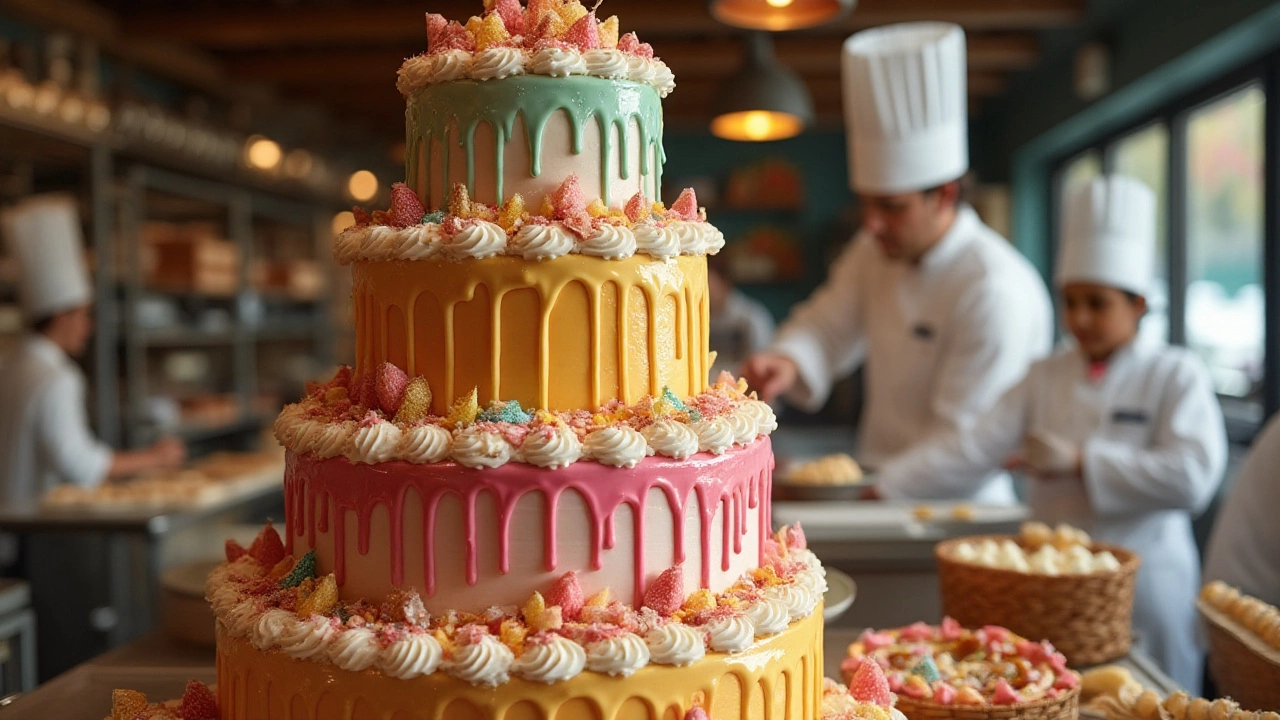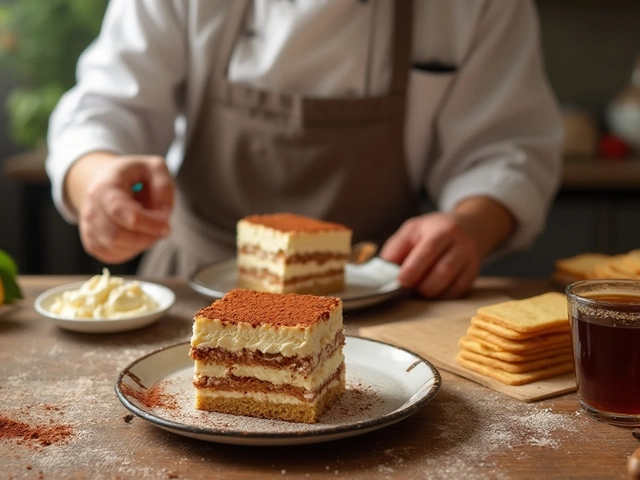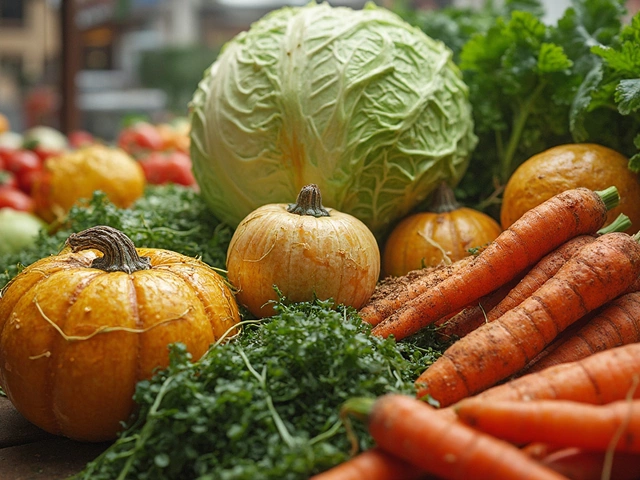Unhealthiest Cake: Why Some Cakes Pack the Most Calories
If you’ve ever stared at a giant chocolate cake and wondered how many calories you’re about to eat, you’re not alone. The unhealthiest cake isn’t just big – it’s loaded with sugar, butter, and refined flour that turn a simple treat into a calorie bomb. Below we break down the ingredients that make a cake so unhealthy and give you easy ways to cut back without losing the joy of dessert.
What’s Inside the Most Calorie‑Heavy Cake?
Three things drive the calorie count: sugar, fat, and processed flour. A classic layer cake often uses a butter‑rich frosting, a sugary batter, and a lot of white flour. Each cup of butter adds around 1,600 calories, while a cup of granulated sugar adds about 770. When you combine them in a frosting and a sponge, the total climbs quickly. Add in chocolate chips, caramel drizzle, or sweetened condensed milk, and you’ve got a dessert that can top 1,000 calories per slice.
Even “healthier” options like gluten‑free cakes can be dense and heavy. Gluten‑free blends usually rely on extra starches and fats to mimic the texture of wheat, which can actually increase the calorie load. That’s why many gluten‑free cakes end up feeling heavier than their traditional counterparts.
Practical Swaps to Lighten Up Your Cake
Want to keep cake on the table but lower the guilt? Start by swapping out half the butter for unsweetened applesauce. You keep moisture while cutting the fat in half. Replace some of the white sugar with a natural sweetener like mashed bananas or a sprinkle of stevia. You still get sweetness, but the calorie hit drops dramatically.
For frosting, try a Greek‑yogurt cream cheese mix. Blend low‑fat cream cheese, a spoon of yogurt, and a dash of vanilla. It tastes rich, holds its shape, and slashes the fat by up to 50 %. If you love chocolate, melt dark chocolate (70% cocoa) with a splash of almond milk – it’s less sugary than candy‑coated frosting.
Portion control matters too. Slice the cake into smaller pieces and serve with fresh fruit. A few berries add natural sweetness and fiber, helping you feel full faster. This trick works especially well with dense brownies or fudge‑style cakes, which can feel endless if you don’t set a clear limit.
If you’re baking for a crowd, consider a “naked” cake – a lightly frosted cake with minimal icing. The visual impact stays, but the sugar and fat drop dramatically. You can also use a fruit puree to drizzle over the top instead of a heavy glaze.
Finally, think about the bake itself. Using a silicone or non‑stick pan reduces the need for extra butter or oil. Adding a pinch of salt to the batter enhances flavor, letting you use a touch less sugar.
Remember, the goal isn’t to eliminate cake, just to make smarter choices. A slice of a less‑sweetened, lower‑fat cake still feels indulgent, and you won’t spike your calorie count the way a classic, frosting‑laden version does. Next time you’re planning a birthday or a weekend treat, keep these swaps in mind and enjoy a dessert that satisfies without the overload.

Discover The Unhealthiest Cake Recipe: A Deep Dive Into Cake Delights
In the quest to find the unhealthiest cake in the world, this article explores the indulgent realms of sugar-laden, calorie-packed confections. Learn about the ingredients that contribute to a cake's unhealthiness, how these ingredients affect health, and why some cakes take decadence to the extreme. Discover tips on enjoying cake in moderation and healthier cake alternatives. Join this sweet journey to satisfy your curiosity and sweet tooth responsibly.
View More




